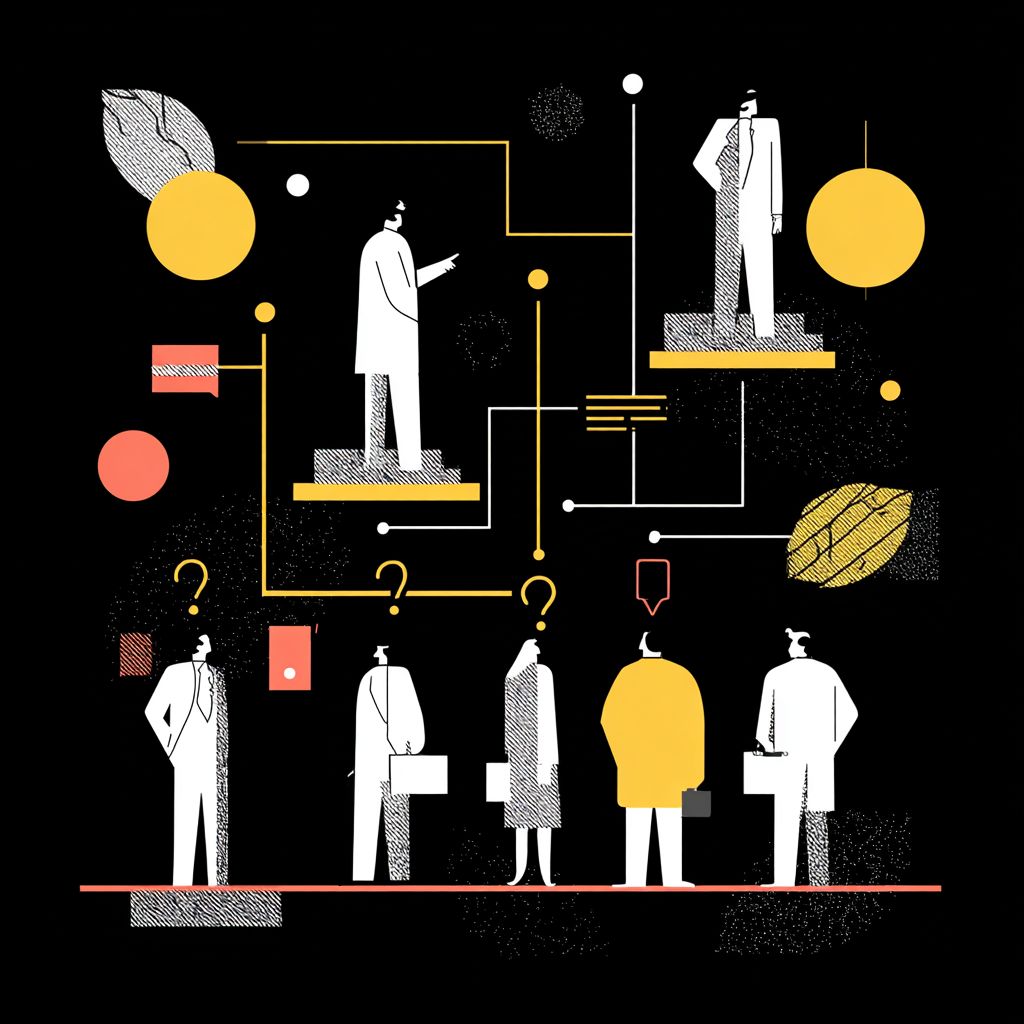Like many UX leaders, I’ve spent years making the case for data-informed design.

But data alone isn’t the full picture — context, empathy, and timing matter just as much.
Recently, I’ve been introducing AI-driven metrics into my workflows. These aren’t about replacing human judgment — they’re about augmenting it. AI helps surface patterns across usability testing, analytics, and qualitative feedback that might otherwise take weeks to piece together.
A good example is a user research study I ran for the Skyway Industrial Park website. Skyway is a large industrial development in northern Maine that’s home to dozens of local businesses, but it faces a challenge: many of its assets and opportunities aren’t widely known outside the region. City leaders want to attract new tenants and investors, but their digital presence wasn’t telling the story clearly.
We had a mix of test participants: decision makers from national companies and potential investors. Normally, pulling insights from so many voices would be slow and manual. Instead, I used AI to quickly synthesize interviews, flag recurring themes, and quantify the “weight” of pain points. The result wasn’t a replacement for my analysis — it was a launchpad. I focused on interpreting findings and mapping them to design opportunities instead of getting bogged down in transcription and coding.
What makes this especially powerful is the Projects functionality in ChatGPT. By creating a dedicated project space, I can load it with context — transcripts, profiles, competitive research, even prior design decisions. The AI doesn’t just respond in isolation; it builds on everything already captured. That continuity produces insights that are not only higher quality but also consistent across sessions. Instead of starting from scratch each time, the AI “remembers the room,” so outputs reflect the project’s unique needs rather than generic best practices.
Here’s the Difference it Makes:
Instead of guessing at content, I could pinpoint which stories (workforce readiness, location advantages, tenant success) mattered most.
Instead of relying on intuition alone, I had evidence to shape a content strategy that spoke directly to tenants and investors.
And instead of producing generic copy, we built a narrative grounded in the real concerns and aspirations of stakeholders.
This shift matters for leadership conversations too. AI-enhanced metrics let you speak in terms of business outcomes, bridging the gap between user needs and organizational priorities.
And at the end of the day, this is still a human hand-off. AI doesn’t replace the designer, strategist, or stakeholder — it accelerates their work. It’s the difference between plowing a field with oxen and driving a tractor. The farmer is still at the wheel, but the efficiency and scale are transformed.
I’d love to hear how others are integrating AI into their design processes. What have you found most valuable so far?


0 Comments